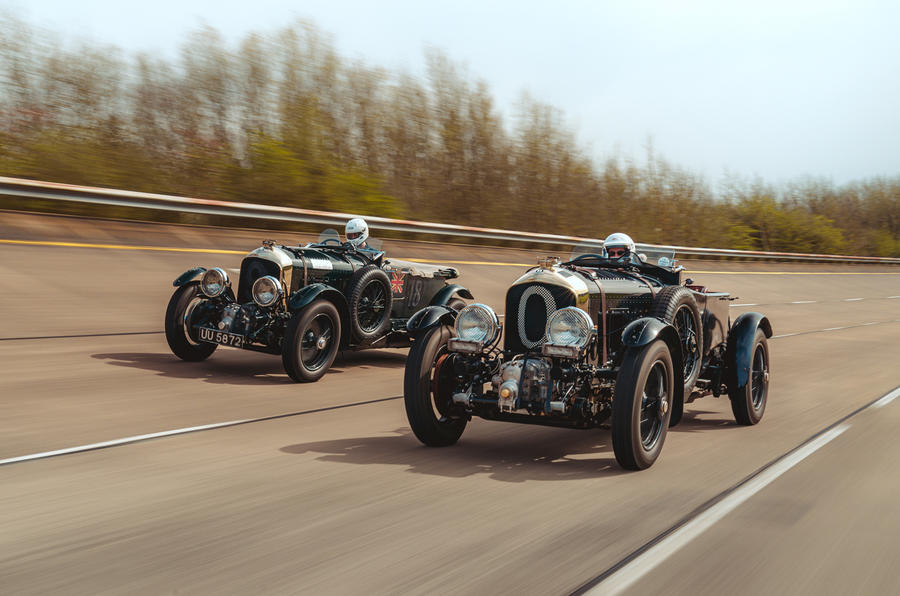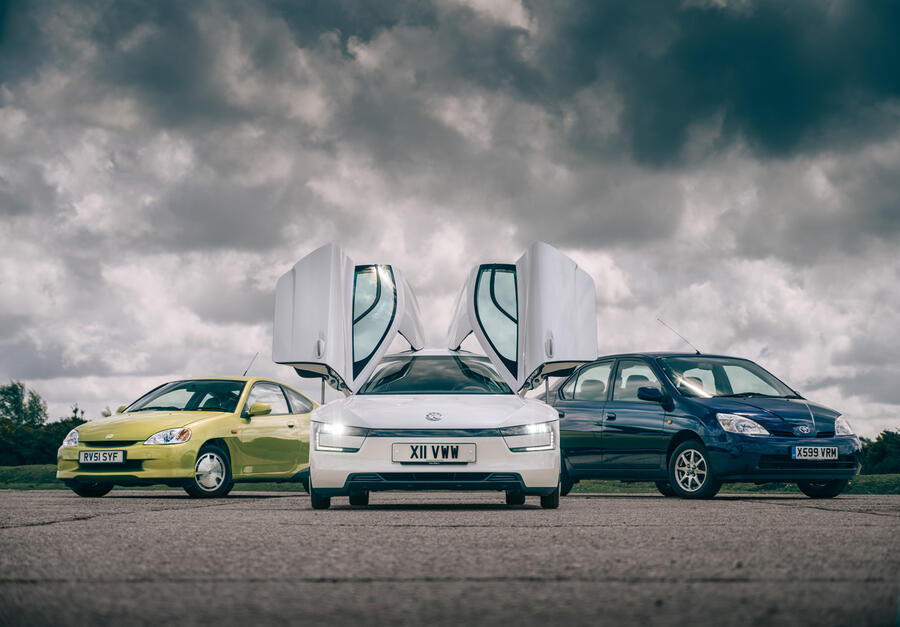The world started to get back to normal in the spring - or at least a new kind of normal, where semiconductors dictated the news agenda. Here's what we got up to.
April
April felt a lot more like business as usual among the pages of Autocar, as the shackles of the nation’s third lockdown slowly loosened. We brought you interviews with key industry executives. We brought you enveloping drive stories, crucial first drive verdicts and comparison tests, too. It was all going on.
Proof that the industry was finally in a more positive mood was to be found in the news section of our 21 April issue, which carried all the key concepts and production car unveilings from the Shanghai motor show. Here was the all-electric Mercedes-Benz EQS zero-emissions limousine in production form with an almost 500-mile claimed range and bold, flowing styling. It looked like the future, too. But here also was Audi’s A6 E-tron concept, which previewed an equally sleek all-electric A6 production saloon car for 2023 with range and power comparable to that of the Merc.

In the same issue, we broke news of Ferrari’s first EV, set to appear in 2025 (as let slip by Ferrari chairman John Elkann), while the bZ4X concept also showed how the mighty Toyota would enter the all-electric era. Suddenly, big moves were being made and electrification plans made public. The switch to electric power was beginning to be made manifest in product – and plenty of it. Earlier in the month, we revealed details of Aston Martin’s product plan under its new management – the cover story of our first issue of the month. Controlled by Lawrence Stroll and managed by Tobias Moers, the company will start with the Valhalla super-hybrid, due in 2023, which is set to get a new Mercedes-AMG hybrid powertrain delivering close to 1000bhp. Not long after that comes out, we’ll also see all-electric versions of the Vantage super-sports car and the Aston Martin DBX SUV. This famous old British marque aims to have a model range that’s 90% electrified by 2030.














































































Add your comment